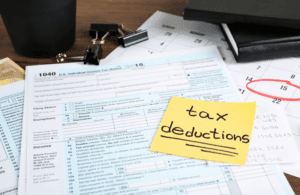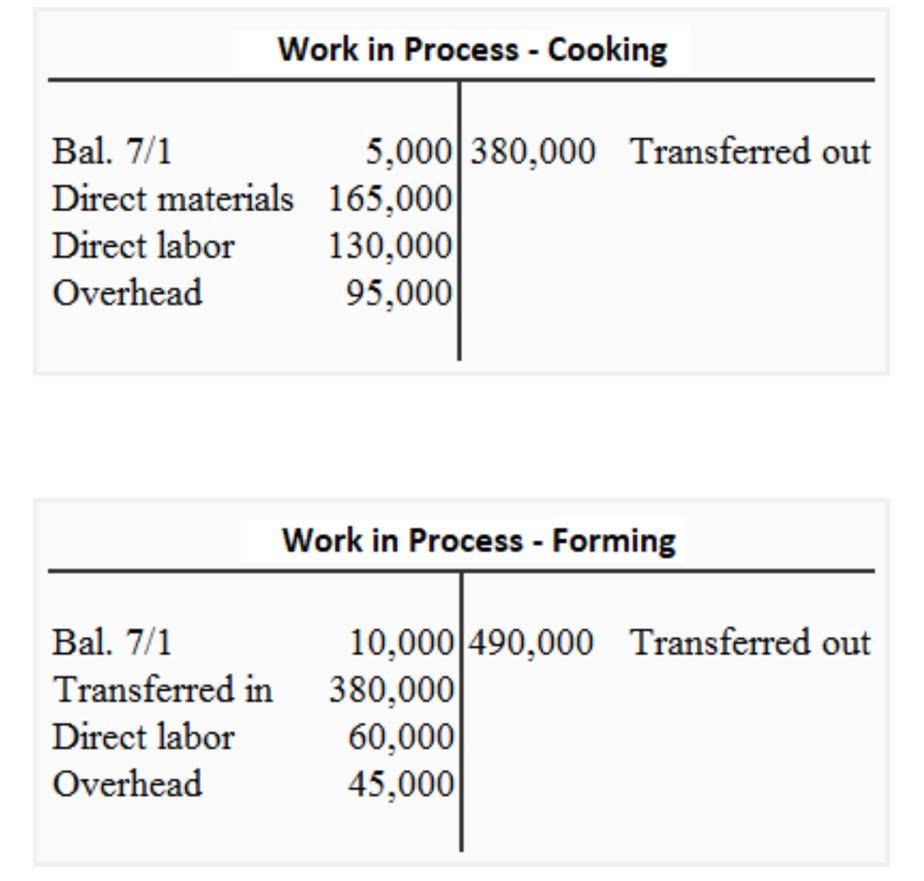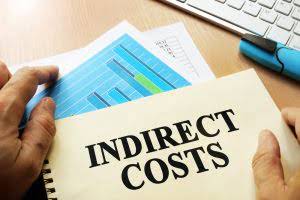
You figure the depreciation rate under the SL method by dividing 1 by 5, the number of years in the recovery period. The result is 20%.You multiply the adjusted basis of the property ($1,000) by the 20% SL rate. You apply the half-year convention by dividing the result ($200) by 2. You figure the depreciation rate under the 200% DB method by dividing 2 (200%) by 5 (the number of years in the recovery period).
Modified Accelerated Cost Recovery System (MACRS)
- If the percentages elected by each of you do not total 100%, 50% will be allocated to each of you.
- The following worksheet is provided to help you figure the inclusion amount for leased listed property.
- If you’re using ADS, the recovery period for the same type of property is 30 years if it was placed in service after Dec. 31, 2017, or 40 years if placed in service before that.
- Of the different options mentioned above, a company often has the option of accelerating depreciation.
- Before changing the property to rental use last year, Nia paid $20,000 for permanent improvements to the house and claimed a $2,000 casualty loss deduction for damage to the house.
The purchase price minus accumulated depreciation is your book value of the asset. Since it’s used to reduce the value of the asset, accumulated depreciation is a credit. Depreciation applies to expenses incurred for the purchase of assets with useful lives greater than one year.
Intangible Assets
There are multiple classes of assets, including commodities and property. A way to figure depreciation for property that ratably deducts the same amount for each year in the recovery period. The rate (in percentage terms) is determined by dividing 1 by the number of years in the recovery period. If you choose, however, you can combine amounts you spent for the use of listed property during a tax year, such as for gasoline or automobile repairs. If you combine these expenses, you do not need to support the business purpose of each expense.
Double declining balance depreciation
- It would, however, be impractical (and of no great benefit) to calculate and re-calculate the extent of this loss over short periods (e.g., every month).
- Depreciable assets include all tangible fixed assets of a business that can be seen and touched such as buildings, machinery, vehicles, and equipment.
- It doesn’t depreciate an asset quite as quickly as double declining balance depreciation, but it does it quicker than straight-line depreciation.
- If the short tax year includes part of a month, you generally include the full month in the number of months in the tax year.
- The market value of the asset may increase or decrease during the useful life of the asset.
Used to properly allocate the cost of a fixed or tangible asset, depreciation is not really covered in basic accounting, but it’s something that every small business bookkeeper needs to understand. When what is a depreciable asset your business purchases a big-ticket item such as a vehicle, a building, or equipment, you won’t be able to expense it immediately. Instead, you’ll want to depreciate the asset over its useful life.

Starting Depreciation
The facts are the same as in the example under Figuring Depreciation for a GAA, earlier. In February 2024, Make & Sell sells the machine that cost $8,200 to an unrelated person for $9,000. The following table shows the quarters of Tara Corporation’s short tax year, the midpoint of each quarter, and the date in each quarter that Tara must treat its property as placed in service. Table 4-1 lists the types of property you can depreciate under each method. It also gives a brief explanation of the method, including any benefits that may apply.
Sec. 54F Relief Available on Sale of Depreciable Long-Term Capital Asset Taxable u/s 50 ITAT
You begin to claim depreciation when your property is placed in service for either use in a trade or business or the production of income. The placed in service date for your property is the date the property is ready and available for a specific use. If you converted property held for personal use to use in a trade or business or for the production of income, treat the property as being placed in service on the conversion date.

During December, it placed property in service for which it must use the mid-quarter convention. This is a short tax year of other than 4 or 8 full calendar months, so it must determine the midpoint of each quarter. The applicable convention establishes the date property is treated as placed in service and disposed of. Depreciation is allowable only for that part of the tax year the property is treated as in service.
Salvage value can be based on past history of similar assets, a professional appraisal, or a percentage estimate of the value of the asset at the end of its useful life. Buildings and structures can be depreciated, but land is not eligible for depreciation. Total units to be consumed is the amount of value you expect from the asset, measured in units. For example, if you purchase a machine and you expect it to make 100,000 products, you would have 100,000 total units to consume. Inverse year number is the first year of expected life, starting from the greatest digit, divided by the total years.
What Are Examples of Depreciable Property?

Thus, the methods used in calculating depreciation are typically industry-specific. This formula is best for companies with assets that lose greater value in the early years and that want larger depreciation deductions sooner. To claim depreciation expense on your tax return, you need to file IRS Form 4562. Our guide to Form 4562 gives you everything you need to handle this process smoothly. Section 1250 is only relevant if you depreciate the value of a rental property using an accelerated method, and then sell the property at a profit.
The definition of depreciate is to diminish in value over a period of time. In an oligopolistic market for left-handed coffee mugs, Gulp and Chug are the two large producers. If they can make an agreement, they will cooperate in reducing output, which raises the product price. This means that they will both agree to produce less in order to create scarcity and drive up the price of left-handed coffee mugs. By doing so, they can maximize their profits.However, if Gulp sticks to the agreement, Chug has the incentive to boost its own production to take advantage of the high prices. Since Gulp is producing less, Chug can increase its production and capture a larger share of the market, leading to higher profits.

